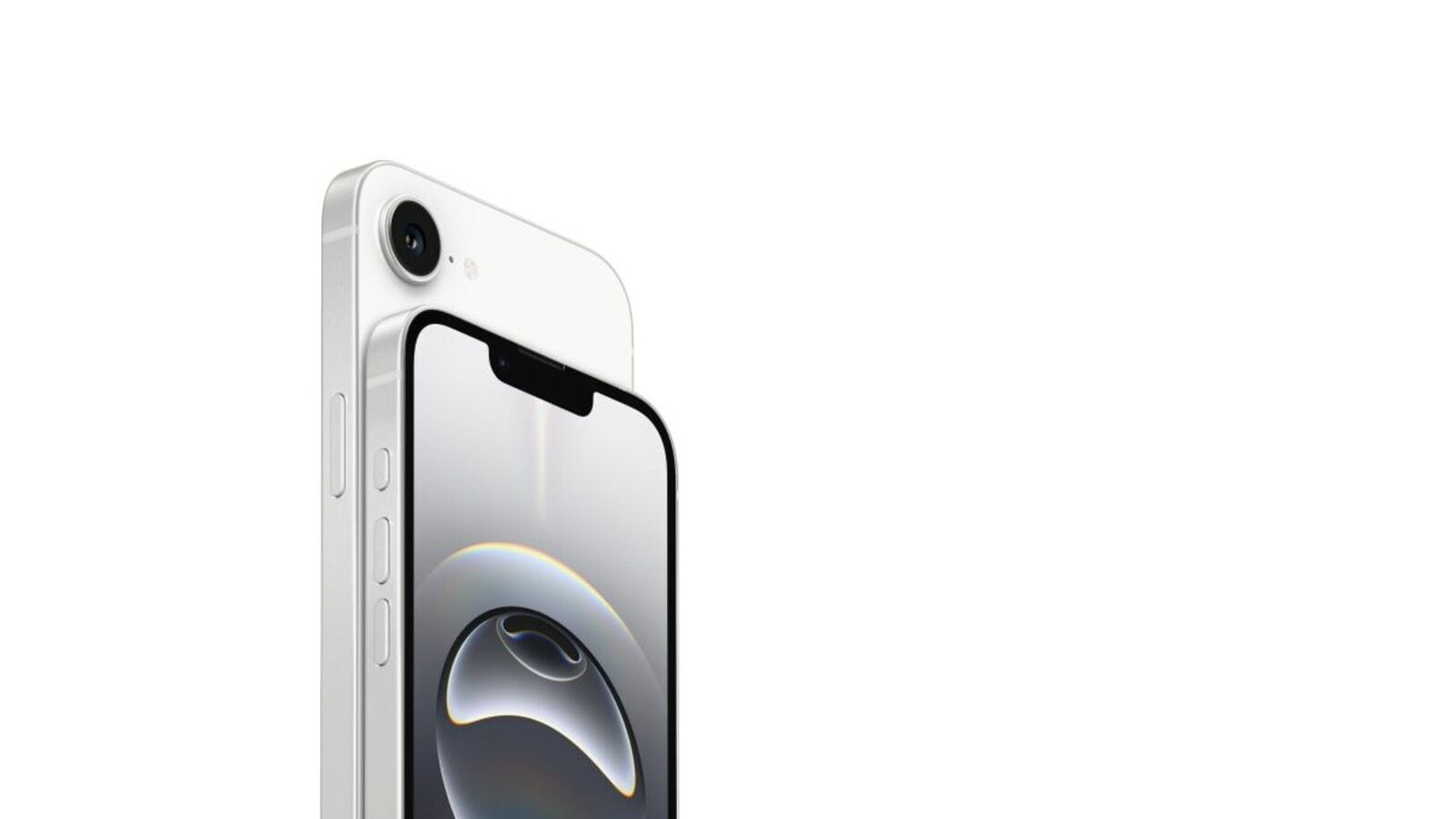Covering a range of low-end 5G spectrum, the C1 modem offers connectivity similar to that of the standard iPhone 16. However, it does not support mmWave technology, which is capable of providing gigabit-level speeds. Despite this limitation, the inclusion of Apple’s proprietary modem in the iPhone 16e underscores the company’s vision of self-reliance in chip development.
The Cupertino-based company has included its Apple Intelligence features in the iPhone 16e, bringing advanced on-device AI capabilities such as Visual Intelligence for smarter image processing and real-time enhancements.
For photography enthusiasts, the iPhone 16e may fall short. It features a single 48MP Fusion camera capable of capturing high-quality images but lacks an ultrawide sensor
Apple’s modem ambitions date back to its 2019 acquisition of Intel’s cellular modem business, a move that signalled its intention to control more of its hardware ecosystem. While questions may arise regarding the C1’s performance compared to Qualcomm’s established offerings, Apple’s decision to debut the modem in the budget-friendly iPhone 16e may help ease consumer concerns and allow for broader testing in the market.
Another omission is the Camera Control button, although the iPhone 16e retains the Action Button, allowing users to set quick shortcuts for their most-used features.
The iPhone 16e is available for pre-order from tomorrow, with shipments commencing on 28th February.
Apple C1 modem, iPhone 16E launch, Apple in-house modem, Qualcomm 5G replacement, iPhone 16E battery life, Apple modem efficiency, C1 modem specs, Apple 5G chip, mmWave support iPhone, Apple modem development, Intel modem acquisition, iPhone 16E connectivity, Apple hardware self-reliance, iPhone 16E pre-order, Apple chip strategy, iPhone 16E release date, Apple vs Qualcomm, smartphone modem technology, 5G spectrum iPhone, Apple proprietary modem
#iPhone #16es #modem #Apples #step #full #chip #independence
